The Nissan GT-R is more than just a car; it’s a marvel of engineering that has captivated enthusiasts worldwide. Behind its incredible performance lies a combination of cutting-edge technology, meticulous craftsmanship, and innovative design. In this article, we’ll uncover 16 secrets that make the GT-R one of the most impressive and iconic sports cars on the road today.
Contents
Dual-Clutch Transmission

The Nissan GT-R is equipped with a dual-clutch transmission that allows for lightning-fast gear shifts. By utilizing two clutches—one for odd gears and another for even gears—this system ensures seamless transitions without any lag. As a result, the GT-R delivers smooth and uninterrupted acceleration, which is crucial for high-performance driving. This dual-clutch setup is both efficient and durable, perfectly complementing the car’s powerful engine.
ATTESA E-TS All-Wheel Drive

The GT-R’s ATTESA E-TS all-wheel-drive system is a cornerstone of its exceptional handling. This system can dynamically adjust torque distribution between the front and rear wheels, adapting instantly to changing driving conditions. Whether tackling wet roads or navigating sharp corners, the GT-R maintains optimal traction and stability. The sophisticated design of this system ensures that the car remains composed and responsive, no matter the situation.
Brembo Braking System
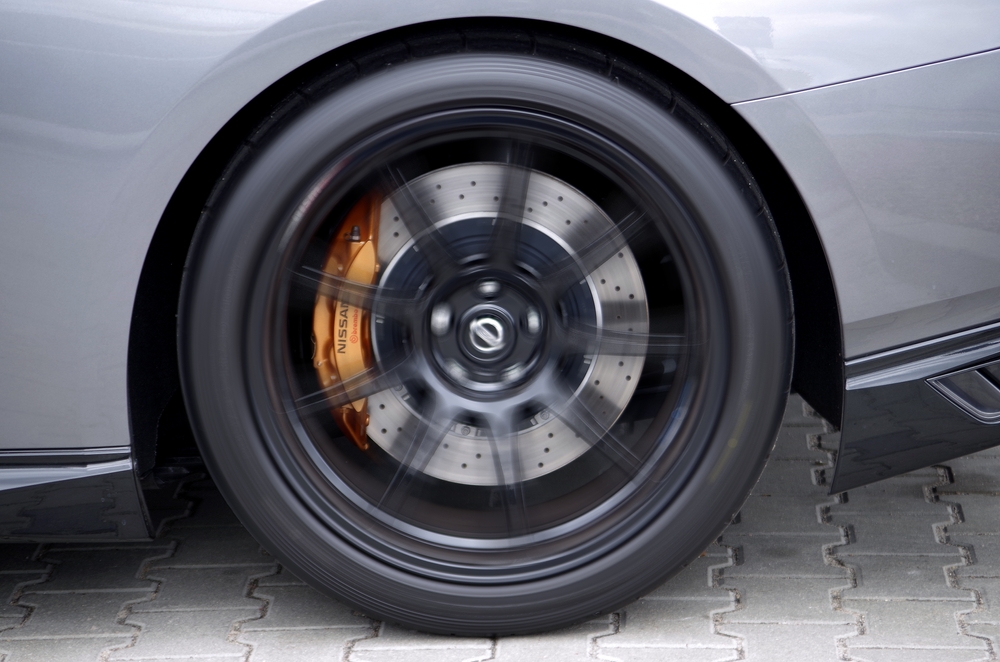
The GT-R’s braking power comes from its high-performance Brembo system, featuring large rotors and six-piston front calipers. This setup offers exceptional stopping power, which is essential given the GT-R’s high-speed capabilities. Engineered to resist fade under extreme conditions, these brakes provide consistent performance whether on the track or during aggressive driving. With this braking system, safety and control are never compromised.
VR38DETT Engine
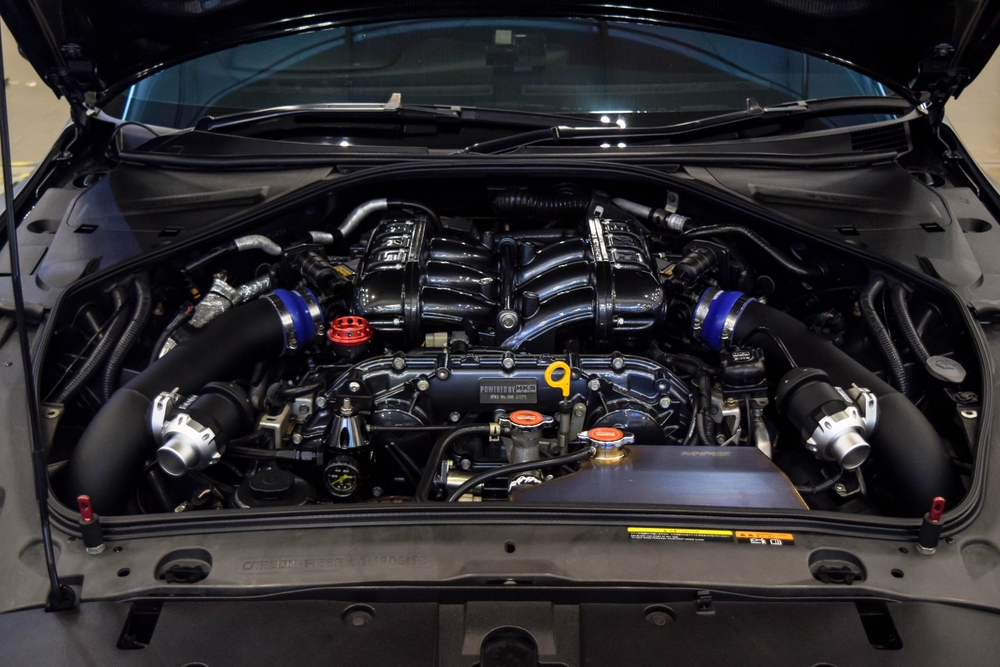
At the heart of the Nissan GT-R lies the VR38DETT engine, a 3.8-liter twin-turbo V6 that delivers astonishing power. Each of these engines is meticulously hand-assembled by a Takumi technician, ensuring a level of precision and craftsmanship that is rare in production vehicles. Capable of producing over 565 horsepower, this engine propels the GT-R to remarkable speeds and acceleration. The VR38DETT is a testament to Nissan’s commitment to high-performance engineering.
Lightweight Body Construction

Nissan’s use of lightweight materials such as aluminum and carbon fiber in the GT-R’s body construction significantly reduces the car’s weight. This design choice enhances the car’s agility, allowing for quicker acceleration and improved handling. By reducing weight without sacrificing structural integrity, the GT-R achieves a balance of performance and efficiency. The thoughtful use of advanced materials plays a key role in the GT-R’s dynamic driving experience.
Aerodynamic Design

Every element of the GT-R’s exterior is shaped for aerodynamic efficiency, reducing drag while maximizing downforce. This design ensures that the car remains stable at high speeds, allowing the driver to maintain control even in challenging conditions. The active rear spoiler and strategically placed diffusers work together to enhance the car’s aerodynamics. These features not only contribute to the GT-R’s impressive speed but also its overall driving precision.
Bilstein DampTronic Suspension

The Bilstein DampTronic suspension system in the GT-R continuously adapts to changing road conditions, providing an ideal balance of comfort and performance. By monitoring each wheel independently, the system adjusts the damping force to suit the current driving environment. Whether on a smooth highway or a bumpy track, the suspension ensures a composed ride. This advanced system is a key factor in the GT-R’s reputation for handling excellence.
Advanced Electronic Systems
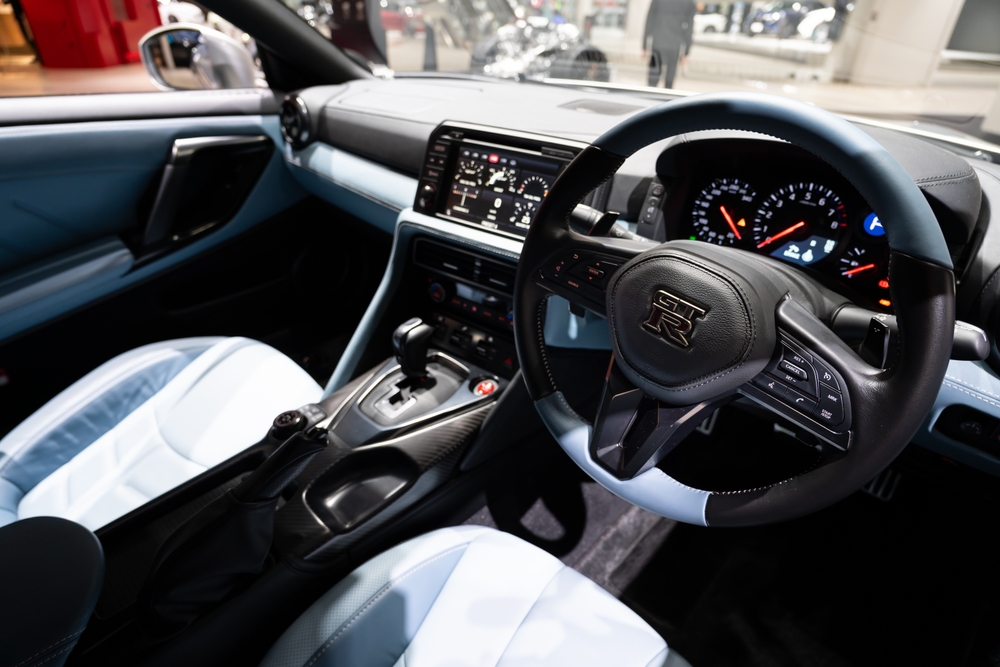
The GT-R’s driving performance is enhanced by a suite of advanced electronic systems, including Vehicle Dynamic Control (VDC). This system monitors the car’s stability and can make minute adjustments to power delivery to prevent skidding or loss of control. The Multi-Function Display (MFD) provides real-time feedback on various performance metrics, allowing the driver to monitor and adjust their driving style. Together, these systems make the GT-R a technologically advanced vehicle that offers both safety and performance.
Customizable Driving Modes

One of the secrets behind the GT-R’s versatility is its customizable driving modes. Drivers can switch between settings like R-Mode, Comfort, and Normal, adjusting the car’s transmission, suspension, and VDC for different driving conditions. This feature allows the GT-R to perform exceptionally well, whether on a racetrack or during daily commutes. The ability to personalize the driving experience makes the GT-R a favorite among enthusiasts who value both performance and comfort.
NISMO Tuning

The GT-R NISMO is a testament to the engineering prowess of Nissan’s in-house performance division. With enhancements like increased power output, stiffer suspension, and aerodynamic upgrades, the NISMO GT-R pushes the boundaries of performance. These modifications elevate the driving experience, making the NISMO version one of the most sought-after models in the GT-R lineup. The collaboration between Nissan and NISMO highlights the potential of expert tuning.
Handcrafted Interior
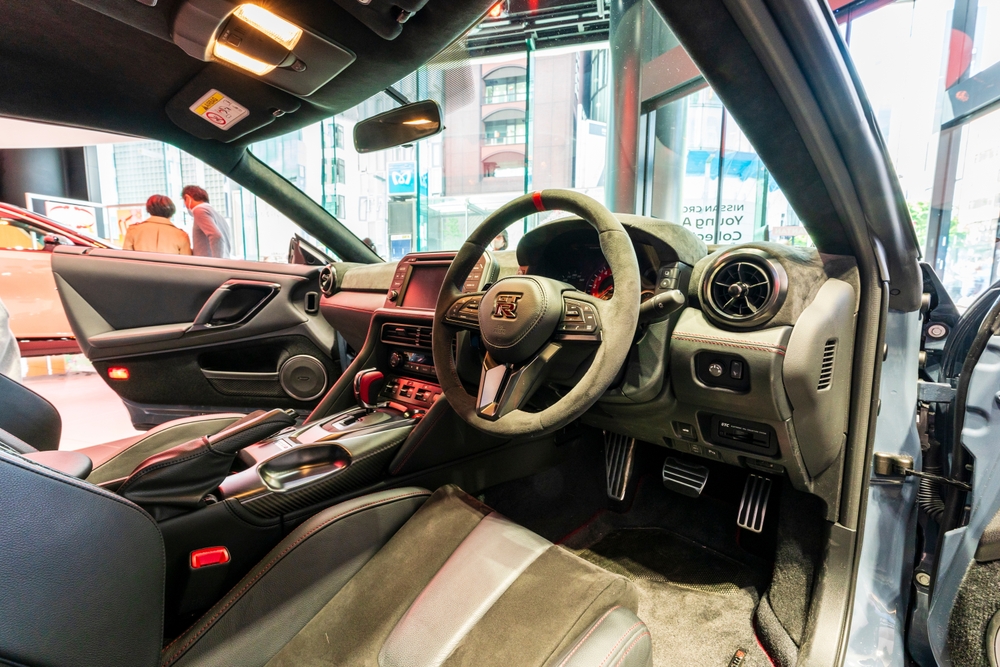
Inside the GT-R, the handcrafted interior showcases a blend of luxury and functionality. Premium materials such as leather and Alcantara are used throughout the cabin, providing both comfort and durability. The seats are designed to offer maximum support during high-speed driving, while the controls are ergonomically placed for ease of use. This meticulous attention to detail ensures that the GT-R’s interior is as impressive as its performance.
High-Performance Tires
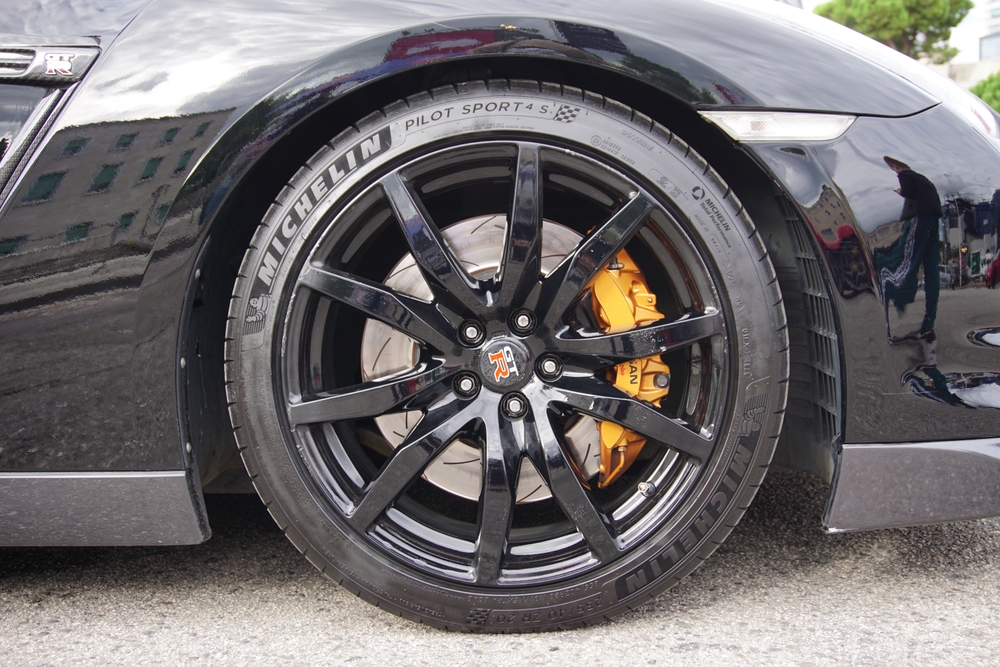
The GT-R is equipped with specially designed high-performance tires, essential for handling the car’s immense power. These tires offer excellent grip, particularly during high-speed cornering, where maintaining traction is crucial. The tire compound is engineered to provide both durability and performance, making them suitable for both track days and everyday driving. Choosing the right tires is a critical aspect of the GT-R’s engineering, ensuring that it performs at its best in all conditions.
Robust Cooling System

The cooling system in the GT-R is designed to handle the extreme temperatures generated by its high-performance engine. Featuring a large intercooler and efficient airflow management, this system ensures that the engine stays within optimal temperature ranges. This is particularly important during extended periods of aggressive driving, where overheating could compromise performance. The GT-R’s robust cooling system is a key component in maintaining its reliability under stress.
Exhaust Sound Engineering
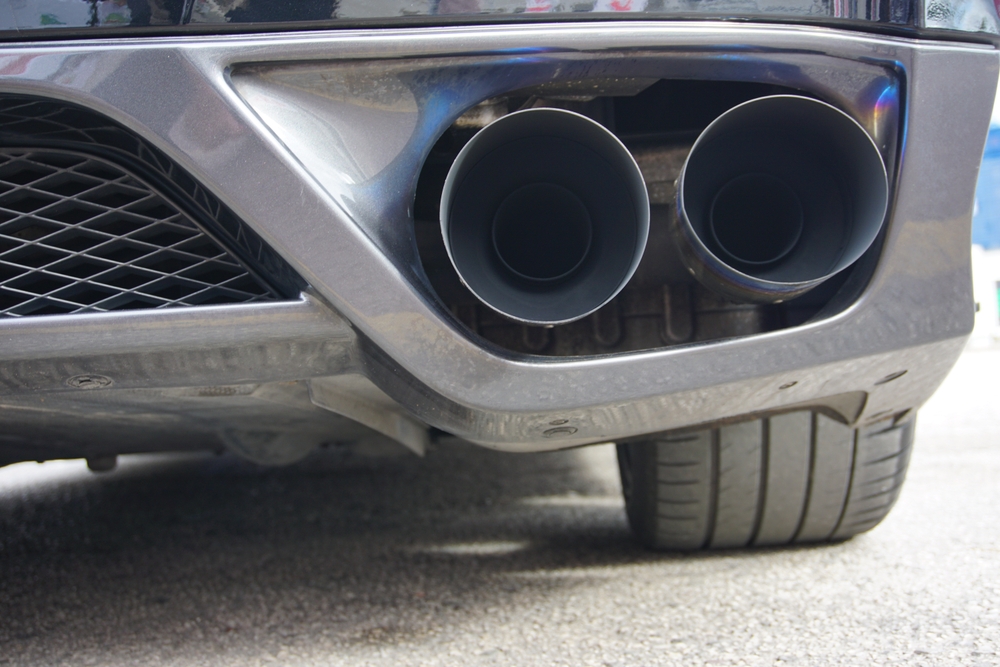
The exhaust note of the GT-R is carefully engineered to enhance the driving experience. Nissan has tuned the exhaust system to produce a deep, aggressive sound that complements the car’s powerful performance. In some models, the exhaust system is made from lightweight titanium, which not only reduces weight but also refines the sound quality. This attention to auditory detail is part of what makes driving the GT-R so thrilling.
Torque Vectoring
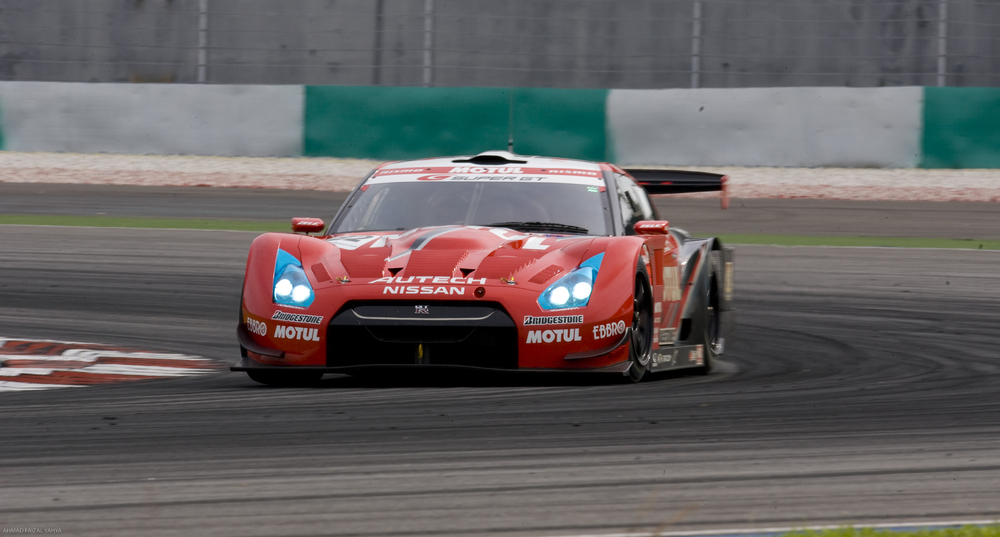
The torque vectoring system in the GT-R significantly improves its cornering abilities. By distributing torque between the wheels, the system helps the car rotate more effectively through corners, reducing understeer and enhancing agility. This results in a more dynamic and responsive driving experience, particularly in tight turns. Torque vectoring is one of the many advanced technologies that contribute to the GT-R’s outstanding performance.
Advanced Lightweight Components

Weight reduction is a critical aspect of the GT-R’s design, achieved through the use of advanced materials like carbon fiber. Components such as the roof and trunk lid are made from this lightweight material, which reduces the car’s overall weight. This weight savings improves acceleration and handling, making the GT-R more agile on the road. The thoughtful use of lightweight components underscores Nissan’s commitment to performance.
This article originally appeared in MyCarMakesNoise.
More from MyCarMakesNoise
21 Budget-Friendly Cars for When Money’s Tight

In today’s economy, finding a car that fits your budget without sacrificing reliability can be a challenge. Whether you’re navigating tight finances or just prefer to keep your expenses low, there are still plenty of cars that won’t break the bank. Read More.
7 Windshield Wiper Brands with the Shortest Lifespan
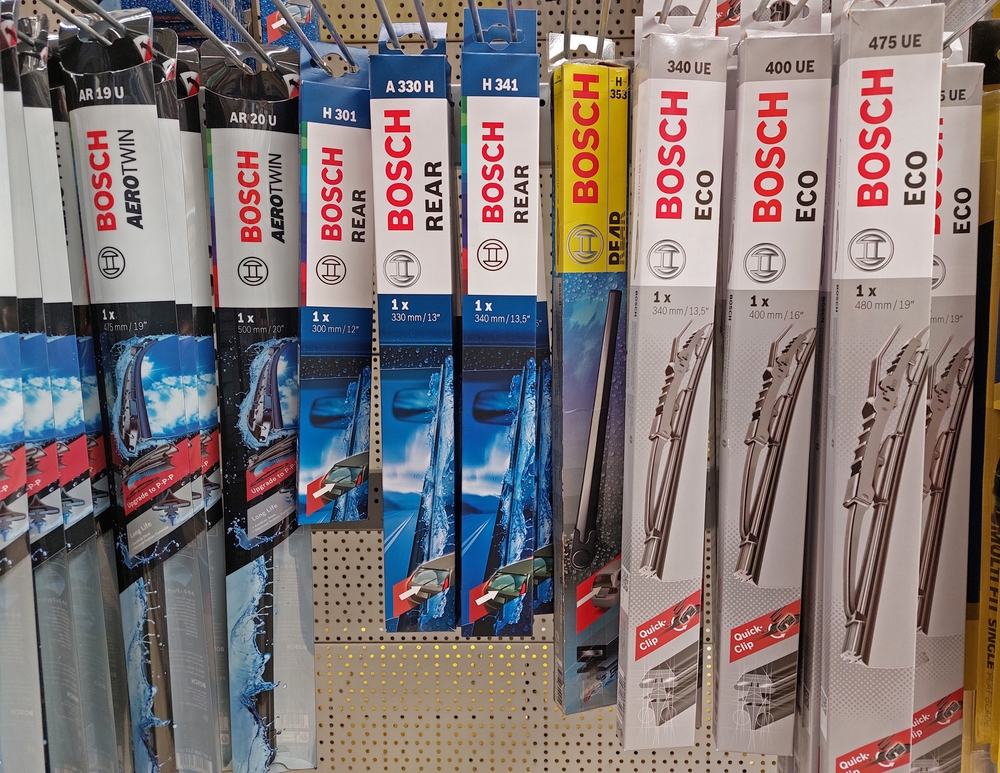
When it comes to windshield wipers, durability is key for safe and clear visibility on the road. Unfortunately, not all brands measure up. Read More.
Top 20 Classic Cars for Vintage Car Collectors

Vintage car enthusiasts know that classic cars are more than just vehicles; they’re pieces of history on wheels. Whether it’s the sleek design, powerful engines, or the nostalgia they evoke, these timeless machines continue to captivate collectors around the world. Read More.














